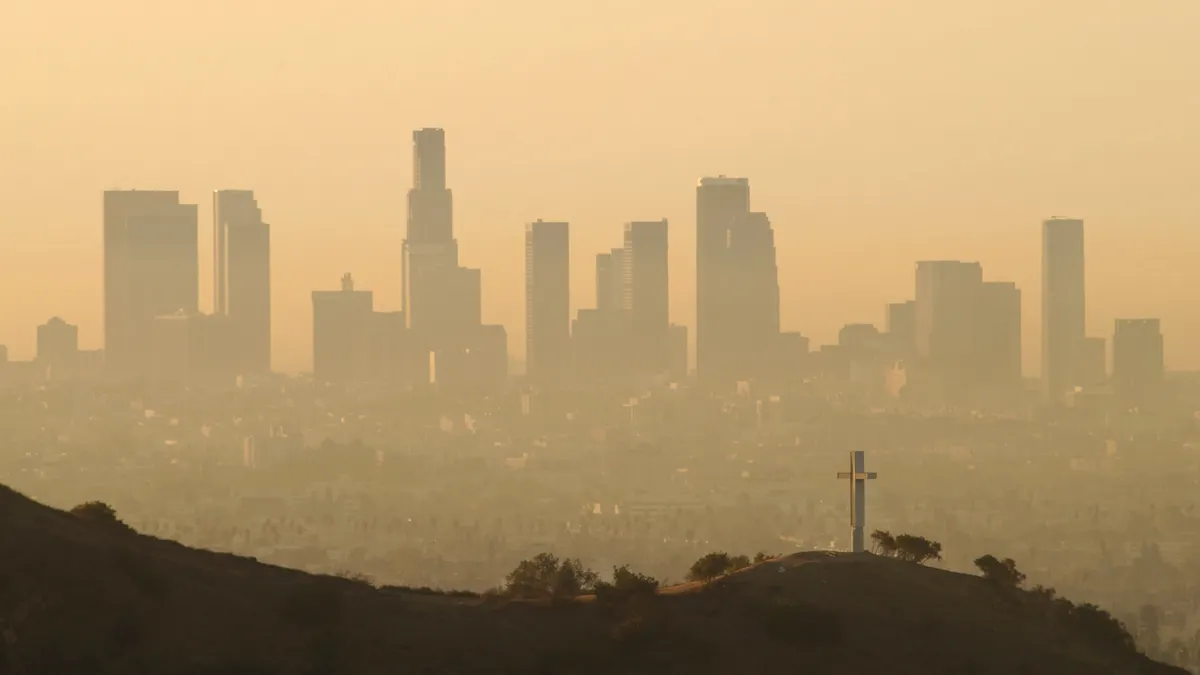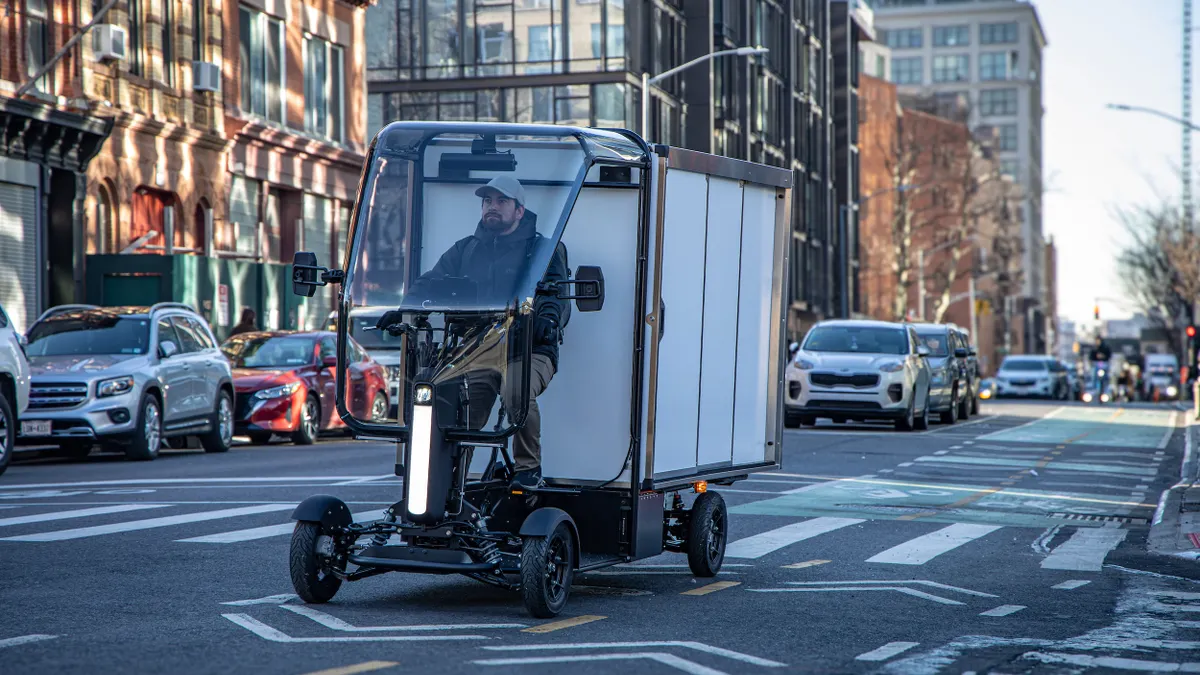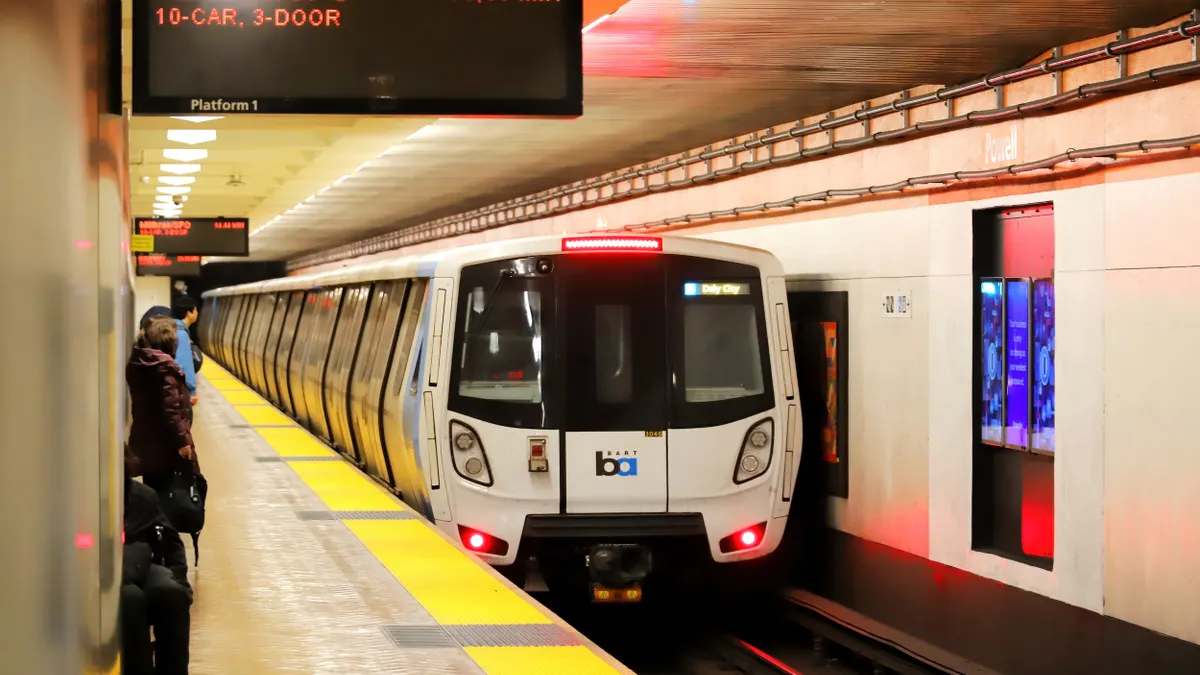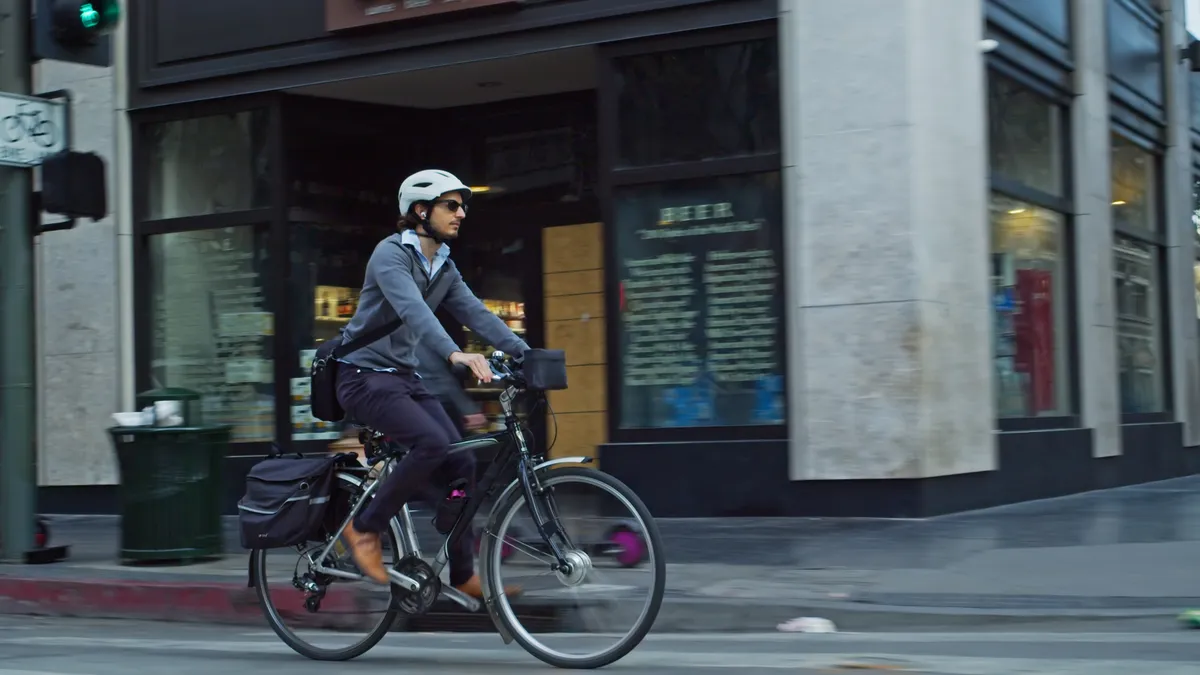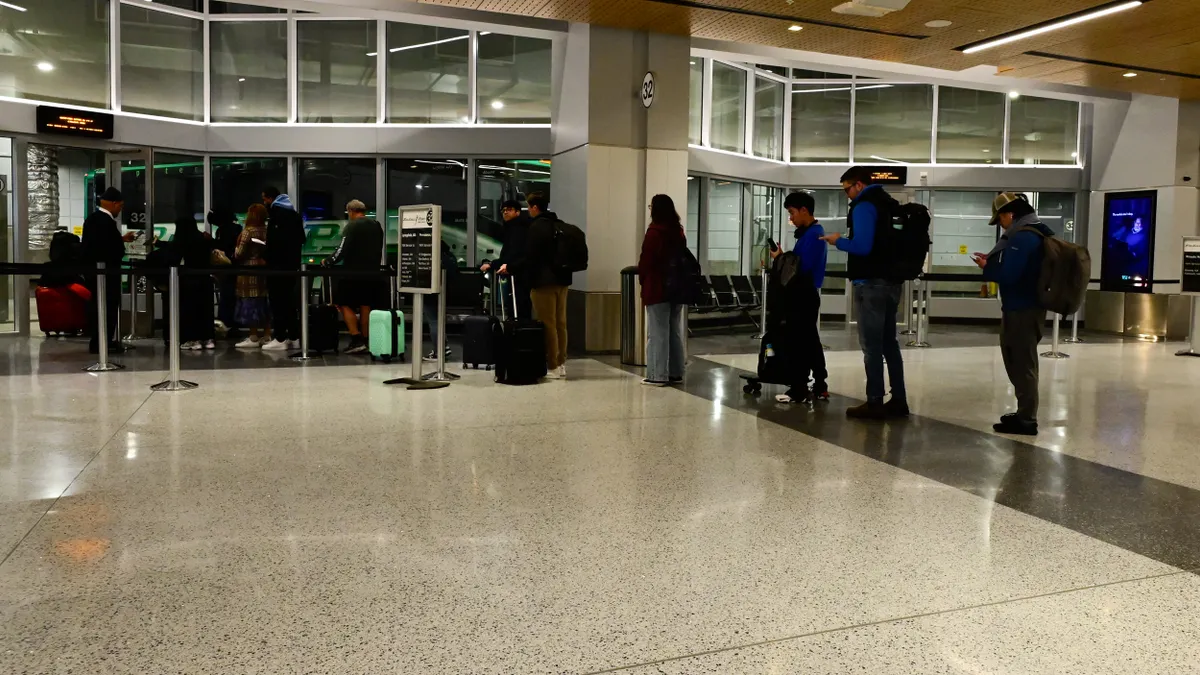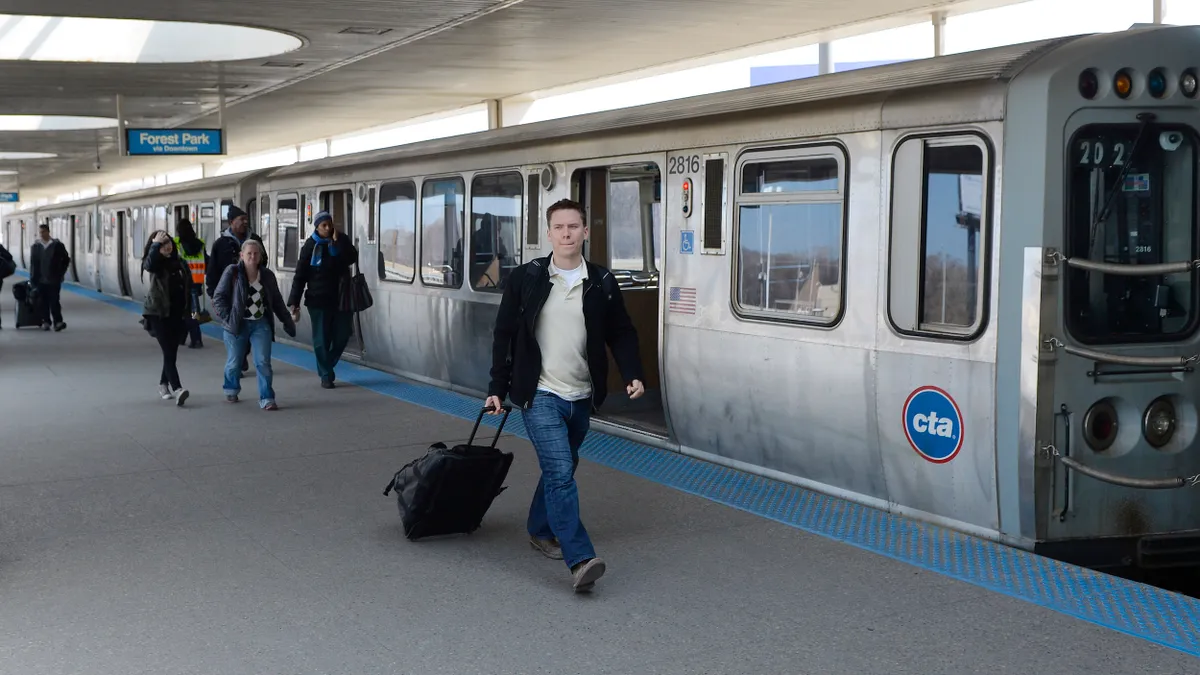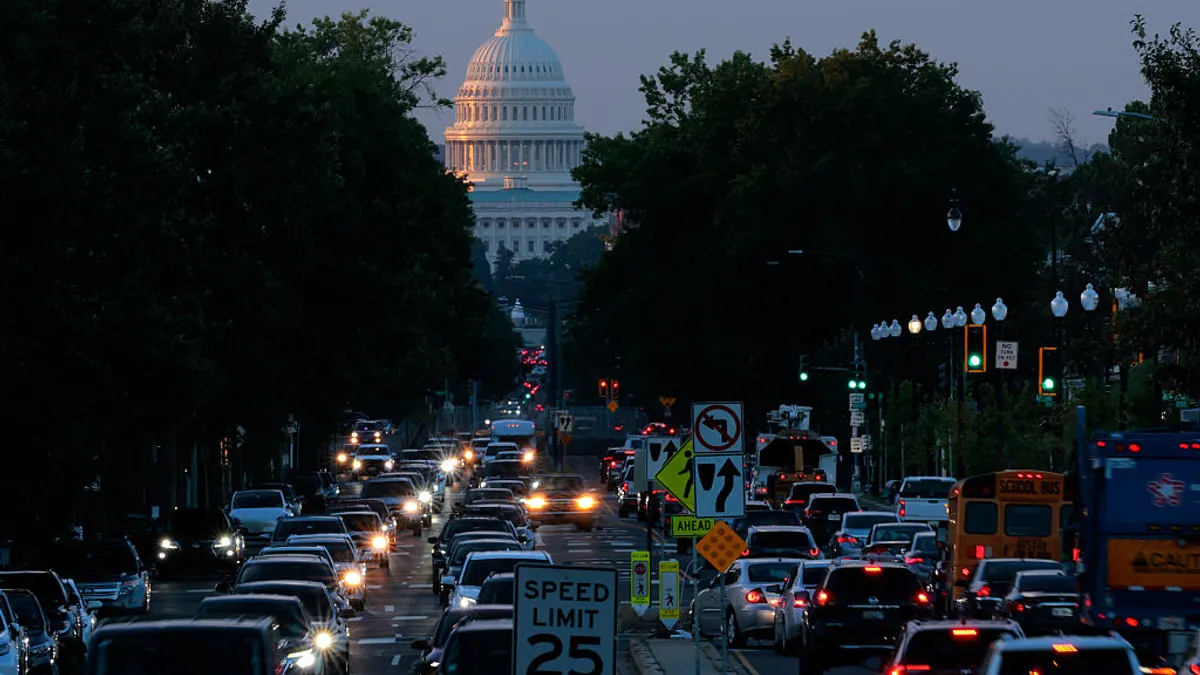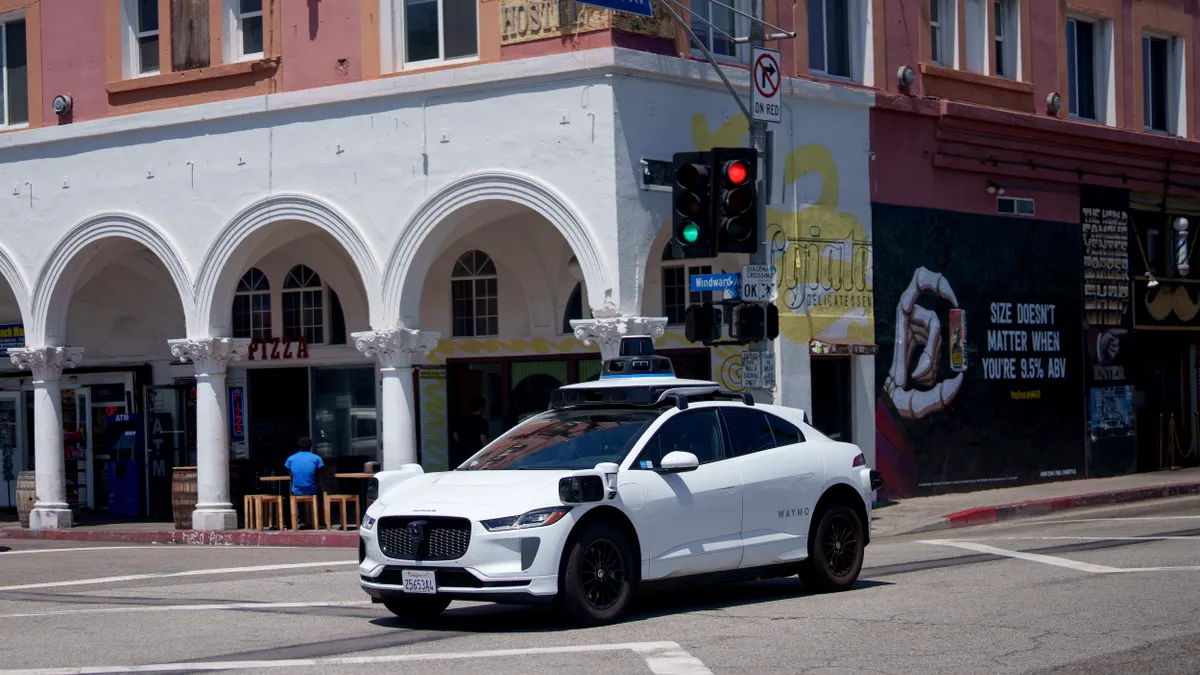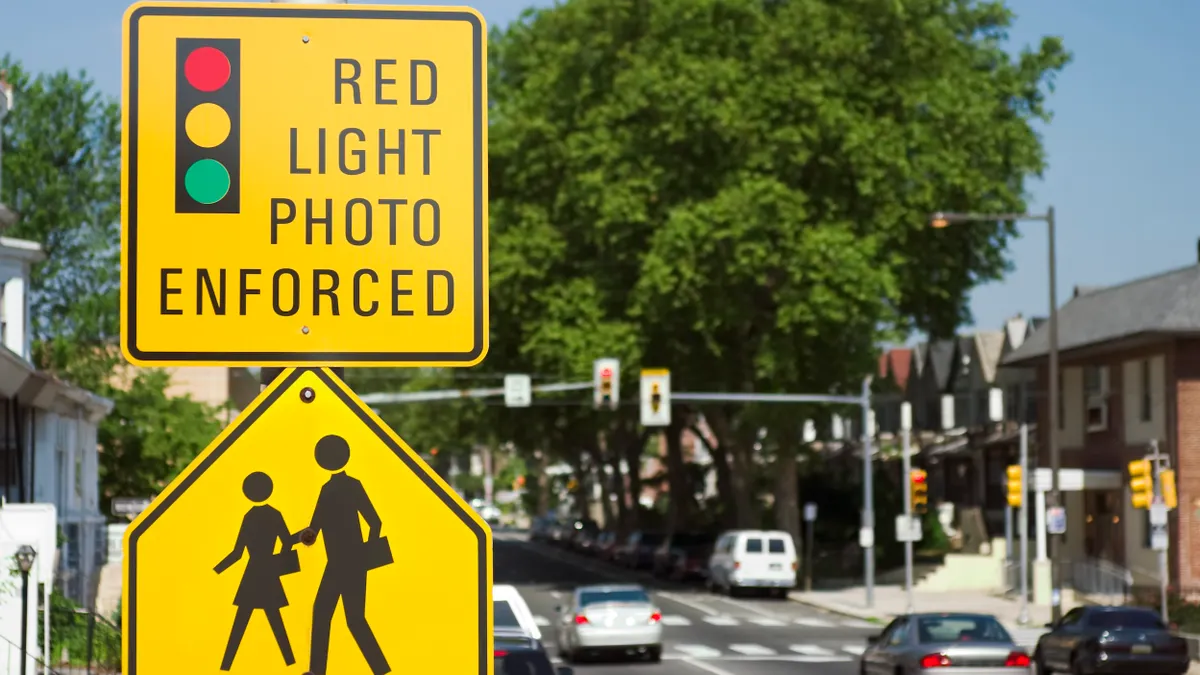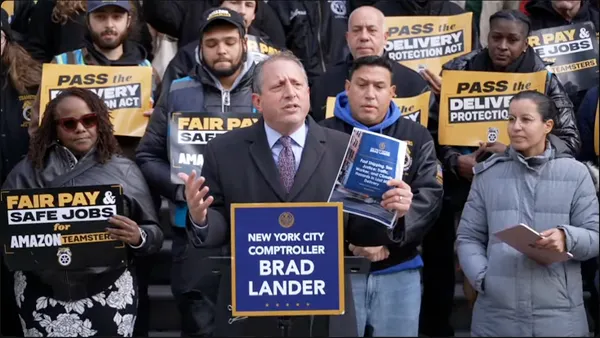Environmental and public health experts warn that efforts to improve air quality will be hindered if Congress revokes an Environmental Protection Agency waiver allowing California to require all new sales of light-duty trucks and passenger cars to be zero-emission vehicles by the 2035 model year. The Senate could vote as soon as next week to nix the waiver, according to Politico.
“Without these provisions, manufacturers will be less likely to produce cleaner cars and trucks,” said Katherine García, director of the Sierra Club’s Clean Transportation for All Campaign. “We are concerned that if these waivers are overturned, that states will have more challenges in meeting their air quality targets. And what that means is more asthma, more health issues among the residents that live in areas or work in areas that are the most burdened by pollution from cars and trucks.”
The U.S. House of Representatives passed a resolution May 1 to disapprove the waiver using the Congressional Review Act, a law that allows Congress to rescind certain regulations enacted in the last months of a presidential administration. In doing so, the House ignored a March 6 Government Accountability Office legal decision that the Clean Air Act preemption waiver was not subject to the CRA.
The nonpartisan Senate parliamentarian separately also determined that the EPA waiver is not subject to the CRA. On May 1, 20 Democratic senators signed a letter to Senate Majority Leader John Thune, R-S.D., and Senate Majority Whip John Barrasso, R-Wyo., warning of “far-reaching and likely irreversible consequences” if the Senate ignores the parliamentarian’s advice. “If the current Senate Majority were to open this door, the CRA could be weaponized to retroactively invalidate decades of agency actions,” the letter states.
California’s role in setting auto emissions standards
At the heart of this debate is California’s authority to set its own vehicle emissions standards, which goes back decades. In the 1950s, research found that hydrocarbons and nitrogen oxides in automobile exhaust react with sunlight to form smog. The 1967 Air Quality Act preempted states from adopting their own emissions standards, but it carved out an exemption for California, recognizing the state’s unique geography and expanding population. In 1990, Congress amended the act to allow other states to adopt California’s standards; 17 states and the District of Columbia have adopted some portion of California’s regulations.
“I grew up in Los Angeles, so there are tremendous strides here [on air quality] compared to the way it used to be when I was a kid,” said Ed Avol, professor emeritus at the Keck School of Medicine at the University of Southern California. But while progress has been made, he said, “We now better understand health impacts at more subtle levels” of air pollution.
Air pollution has long been associated with lung diseases, but Avol explained that air toxins can also get into the human bloodstream. “It affects your cognitive health. It affects the ability of children to learn in school … It affects the rate and speed of our mental decline and has been shown to affect Alzheimer's and dementia,” he said.
Transportation in California is the source of about 50% of greenhouse gas emissions in the state, almost 80% of nitrogen oxide pollution and 90% of particulate matter pollution from diesel engines, according to the California Energy Commission.
Congress and the Trump administration have targeted the California Air Resources Board’s Advanced Clean Cars II regulations, adopted in 2022. The rule is often referred to as a ban on sales of gasoline-powered vehicles, or as an electric vehicle mandate, but the rule permits sales of plug-in hybrid vehicles and hydrogen fuel cell vehicles in addition to EVs.
Industry lobbyists seek to overturn clean vehicle standards
Some automakers initially supported the ACC II regulations. General Motors said in a 2022 letter to CARB it is “committed to emission reductions that are aligned with the California Air Resources Board’s targets.” Former Tesla Senior Counsel for Policy and Business Development Joe Mendelson, speaking at a 2022 congressional hearing, said, “The proposal is both achievable and paves the way for California to lead in electrifying the light-duty sector … Tesla encourages the Board to adopt today the ACC II regulations.”
"There was a major campaign of the oil industry and of the auto industry that [has] been extremely adamant that these waivers should be overturned.”

Katherine García
Director, Clean Transportation for All Campaign, Sierra Club
But the Alliance for Automotive Innovation, an industry lobbying group, said in a Dec. 11, 2024, memo that automakers are unlikely to achieve the sales targets ACC II requires. The AAI noted that 11 other states, representing about 30% of the U.S. vehicle market, had adopted the California standards as of the date of the memo. The American Fuel & Petrochemical Manufacturers, which represents the oil industry, conducted what it called a “major seven-figure issue campaign” in 2024 “meant to raise awareness about the various federal policies aimed at ending gas cars.”
“Based on conversations we had with members of the House, there was a major campaign of the oil industry and of the auto industry that [has] been extremely adamant that these waivers should be overturned,” the Sierra Club’s García said.
California is undeterred. No Clean Air Act waiver has ever been revoked, and the one previous denial was quickly reversed, according to CARB. “The House’s approval of the Congressional Review Act resolution is inconsistent with past precedent and violates the plain language of the Congressional Review Act itself,” CARB Director of Communications Lindsay Buckley said in an email. “The vote does not change CARB’s authority. CARB will continue its mission to protect the public health of Californians impacted by harmful air pollution.”
A setback for state and local air quality plans?
More than 156 million people, representing 46% of the U.S. population, live in areas with unhealthy levels of ozone or particle pollution, according to the American Lung Association’s 2025 “State of the Air” report. Five of the 10 most polluted counties in the nation are in California.
While the EPA sets national ambient air quality standards, state and tribal governments are responsible for meeting those standards. State and local governments in areas that do not meet the EPA targets set for them must develop implementation plans showing how they will reduce emissions to meet their targets and maintain air quality at those levels. Those plans can include stronger pollution laws. “We are concerned that if these waivers are overturned, states will have more challenges in meeting their air quality targets,” García said.
“The innovations that have come out of California's need to [reduce air pollution] have benefited everyone and greatly increased public health,” said Michael Kleeman, a professor at the University of California, Davis, Department of Civil and Environmental Engineering. Kleeman noted that today’s automobiles are “immensely clean” compared with those in previous decades.
However, climate change has worsened ozone pollution, according to the American Lung Association. “Our best estimate is that you need to reduce the emissions of oxides of nitrogen by something on the order of 40[%] or 50% in order to make a dent in the ozone problem,” Kleeman said. “And you can't get there unless you can basically electrify a large part of the [vehicle] fleet.”



